Fraternal Societies and the Business of Death.
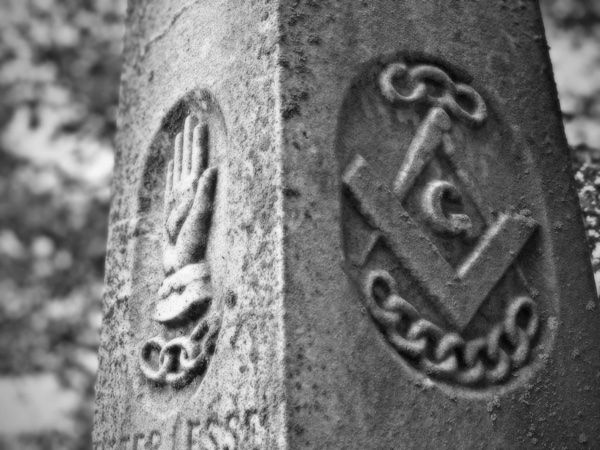
Fraternal societies have played a huge role in death in the US. From the symbols of brotherhood (and sisterhood) etched on tombstones to the purchase of land for cemeteries, fraternal societies changed how we bury our dead into a uniquely American thing. Around 1850 (which starts the Golden Age of Fraternalism in the US) we saw a distinct shift from Christian religious symbols on tombstones (cherubs, lambs, bibles, urns, willows, etc.) to many not-so-secret symbols of fraternal orders. Ironically, members of these clandestine groups wanted to let everyone know they had a secret.
The beginning: Masons and Odd Fellows
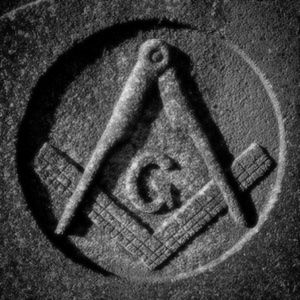
The secret society movement in the US actually started in England with the Masons and Odd Fellows. Members of these groups came to America as colonists. By the time these organizations migrated to the US, they had nothing to do with stonework and instead emphasized the social benefits of brotherhood. While many founding fathers were Masons in the 1700s in the US, the Odd Fellows established themselves officially here in 1819.
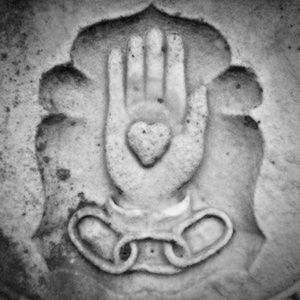
According to the Masons, there are 1 million members in America today, down from 4 million in 1956. The Odd Fellows, once with a larger membership than the Masons, was down to a quarter of a million members by 1979. During their heyday, Masons and Odd fellows had a huge impact on American life. And death. This is evident on tombstones with death dates from 1850 to 1950 that bear the Masonic square and compass and the Odd Fellows’ three-link chain. Both groups use many other symbols on tombstones, usually signifying the degree achieved.
That Odd Fellow is a Mason.
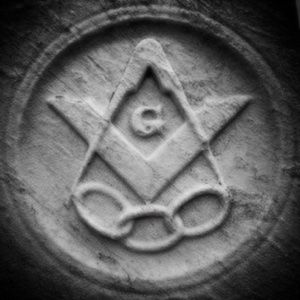
In England, Masons and Odd Fellows membership were more exclusive: you joined one or the other. What’s curious in the US is allegiance wasn’t required to any one society. You could join more than one. Why? With our short history, we didn’t have the birthright of societal entitlement that existed in England. There were no lords (who were often Masonic leaders in England) and many of stature in the New World were self-made men. So success often came from personal sweat rather than being willed family money. Organizations were eager to attract the newly wealthy and influential, even if they were already members of other societies.
At least for white men in the US, who you knew was more important than who you served. The easy way to establish yourself in US society in the late 1800s was to join a fraternal organization. Or two. Or three. The more you joined, the more social connections and clout you had. You were like being a waiter collecting flair badges at TGIFridays. It’s estimated that by 1900, 20% of American men of every ethnic background and race were members of at least one secret society.
The odd thing about the Odd Fellows: The cemetery business.
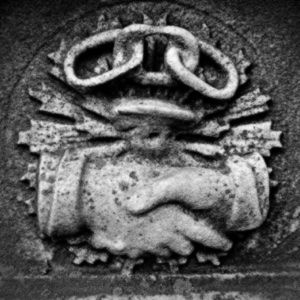
The Odd Fellows didn’t have the same social clout as the Masons, but they soon discovered they could grow at an amazing speed by purchasing the land for hundreds of Odd Fellows cemeteries in cities and towns across America. These cemeteries filled a growing need and gave Odd Fellows chapters a stream of working capital. This helped propel them above the Masons in membership in the US. At the time, most cemeteries were segregated by religion, race and ethnic background, but often of the IOOF (Independent Order of Odd Fellows) cemeteries became open to everyone. You’ll also commonly see Masons buried here.
Eventually, as local membership fell off, many Odd Fellows chapters closed. The municipalities where their IOOF cemeteries were located usually took them over and many continue to sell plots today.
Brotherhood of the Eternal Insurance Racket.
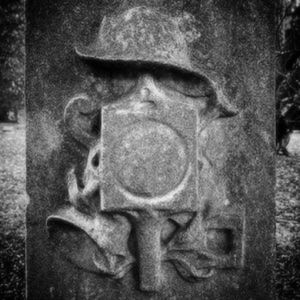
Many other US fraternal societies were focused around death benefits. These included:
- cemetery plots
- headstones
- burial
- death benefits for widows and families
- life insurance
Essentially they worked as insurance companies for members. One of the most common benefits was to provide free burial. Some also provided payouts to widows. The Woodmen of the World, Modern Woodmen of the America, Grange and Knights of Columbus all still have their own insurance companies today.
The public at large has the impression that secret societies are a bunch of guys in silly costumes who get together to drink. But it should be noted that many of these organizations have substantially given back to their communities over the years. Initially these groups provided benefits to members, but many today serve society at large.
The lesser known societies.
While the Masons and Odd Fellows were the most prevalent of the secret societies, there were many others. You’ll often see their symbology in stone.
Woodmen.
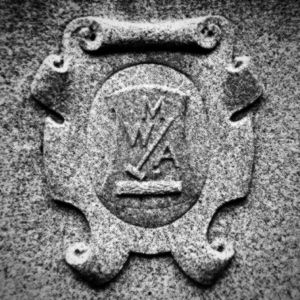
Joseph Cullen Root founded the Modern Woodmen of America in 1883 as a fraternal benefit society, which worked like a modern insurance company. Before a decade passed, he either quit or was booted out and founded Woodmen of the World based on the same principles of providing death benefits to widows and tree-stump tombstones to members. Both organizations today are successful insurance companies.
Knights of Pythias
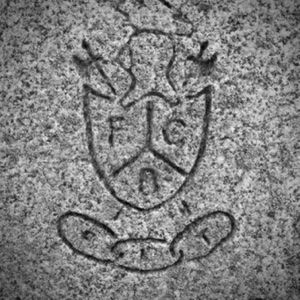
In 1864 the Knights became the first fraternal order to be chartered by an Act of Congress. Justus H. Rathbone founded the society based on friendship, charity and benevolence with FCB often on their tombstone. Originally open only to federal clerks, members had to swear they were not gamblers, drug dealers or involved in the sale of alcohol. Burial is less apart of the official mission today, but many subordinate lodges still arrange them. By the 1870s, Pythians began offering insurance. This was eventually was spun off into the American United Insurance Company.
Knights of Columbus
Just as many cemeteries were segregated or exclusive until the 1970s, many fraternal orders were founded because a group felt they were left out of the fraternal order business. The Knights of Columbus was founded by Michael J. McGivney in 1882 for practicing Catholic men. Official burials are offered to members and the high-ranking organization officials have an official casket. The graves of members are commonly marked with a crossed fasces, sword and Christian cross.
International Order of the 12 Knights and Daughters of Tabor
When African-Americans were denied entry into white fraternal orders, they formed their own chapters of many of these organizations. For example, when American Masons were denied the formation of black lodges, Prince Hall Freemasonry was granted a charter by the Masons in England. Many of these segregated black lodges were tolerated by their white counterparts, but it wasn’t until the latter half of the 1900s that most fraternal societies actually became integrated.
Probably the most well know of the independent black secret societies was the Twelve Knights of Tabor, founded around 1855. 12 was a common number in the bible, often associated with Israel and Mt. Tabor was a biblical site in Galilee. The Knights of Tabor was led by Moses Dickson, a formerly-radical black abolitionist who participated heavily in the Underground Railroad. In the late 1930s the group raised funds among members and the community to open the Taborian Hospital in Mound Bayou, Mississippi. All doctors and staff there were Black.
Graves of the Taborians are sometimes marked with 777 and 333. 777 stands for triple perfection and 333 stands for a testament of faith.
Order of Chosen Friends
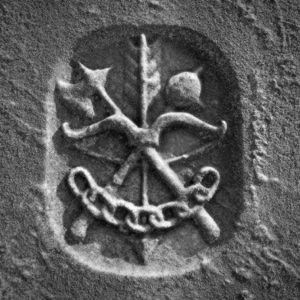
The Order of Chosen Friends was founded by Freemasons and Odd Fellows in 1879 who suddenly realized they’d been left out of the US death benefit business. The problem was that the order’s mission was way too ambitious: to pay members disability and old age benefits of $1000 (about $30,000 in today’s money).
Obviously they never let accountants in. Simple math shows that if 25% of a member’s fees of about $15 annually were set aside for benefits, a member would need to bring in 267 new members just to pay out his own benefits. Or that even if the money earned good interest, a member would need to pay dues for over 200 years just for the society to break even.
All offshoots also ran into financial difficulties as well and lawsuits that went all the way to the Supreme Court. As a result, this group was like an amoeba: splitting all the time. They spawned the Order of United Friends, Independent Order of Chosen Friends and the United League of America (to name a few) that broke off within the first few years. These factions immediately got into just as much financial difficulty. Most of the movements were insolvent before 1900. Curiously, many had women in executive positions, mostly like widows who took over after husbands died and the boys screwed up the books. The Order of Chosen Friends used the symbols of the seven-link chain and seven-sided star.
Improved Order of Red Men
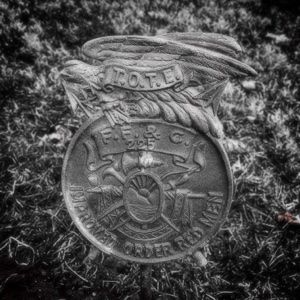
The Improved Order of Red Men paid disability to members. The group hails as descendants of the Sons of Liberty who dressed as Native Americans when they tossed British tea into the harbor during the Boston Tea Party. The Improved Order of Red Men was founded in 1834 and by 1835 claimed half a million white men regularly insulting the rituals of Native Americans. Despite the name, no indigenous persons were allowed. They spoke to each other in what later became cliché cowboy-movie speak: Chapters were tribes and days and months were measured as suns and moons.
It’s not that the order had no redeeming value. Later they allowed women into their affiliated Order of Pocahontas. They also supported striking miners in West Virginia, added Africa-American chapters starting in 1904 and helped form the Society of American Indians, an indigenous rights conference in 1911. In 1974 the group officially allowed admission to people other than white men.
Grange, Order of Patrons of Husbandry
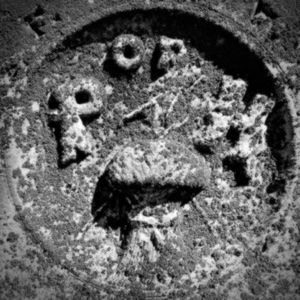
Often called the farmer’s Masonry, the order was formed in 1867 to benefit those who work in agriculture. Though founded by the boys, women were always members. Today Grange offers insurance to members, including the costs of the funeral and burial. The common symbol to mark the graves of Grange members is P of H an a sheaf of grain.
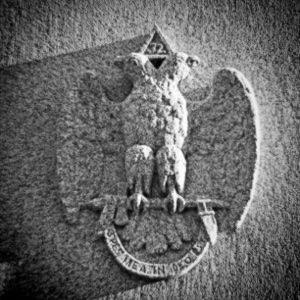
Military orders
Society of the Cincinnati
Boasting George Washington as a member the Society of the Cincinnati was founded by officers who served in the Continental Army and Navy to ensure the rights of the United States. Membership was initially restricted to soldiers who served in the Revolutionary War and later to firstborn sons. Ben Franklin was among the detractors, felling the society was en effort to establish a US aristocracy.
The Loyal Legion
Modeled after Society of the Cincinnati, the Loyal Legion was founded shortly after the assassination of Lincoln to thwart the conspiracy to kill off US government leaders in the North. Membership was restricted to Union officers and their firstborn sons. Five presidents and most Northern Civil War command have been members. Today a second class of membership is open to others.
There are hundreds of fraternal orders that have come and gone in the US. What’s been included here is just a sampling.
Fewer and fewer fraternal symbols are being carved on tombstones today. The major reason is that many of these societies have folded and those that still exist have experienced a sharp decline in membership. There’s a lot of speculation as to why. My personal thought is that it’s the fault of the demographic bulge called the Baby Boom, which is now 75 years old. The kids just aren’t interested in the pomp and circumstances of their parents.
You’ll find more in my article Dying in America.
